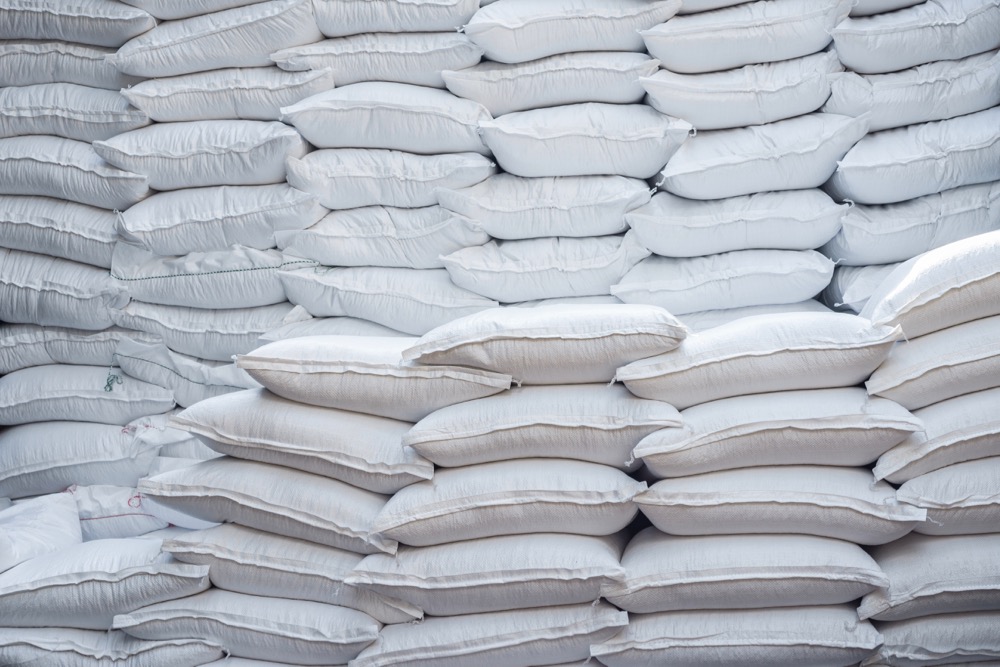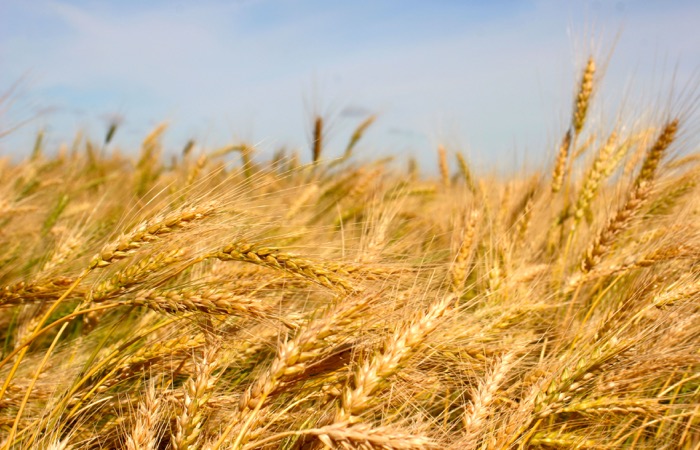Chicago | Reuters—Frigid temperatures this week likely killed as much as 15 per cent of the winter wheat crop in parts of the U.S. Plains and Midwest, the Commodity Weather Group said on Friday, in an ominous sign for U.S. wheat production.
A blast of Arctic air covered much of the United States earlier this week, sending temperatures plunging across key wheat areas that have seen limited snowfall this winter.
Without that protective layer of snow, winter wheat was vulnerable to freeze damage or “winterkill” as temperatures fell to or below minus 5 degrees Fahrenheit (minus 21 Celsius), said Joe Woznicki, an agricultural meteorologist with the Commodity Weather Group.
Read Also

U.S. livestock: Feeder cattle hit contract highs on tight supply
Chicago | Reuters – All Chicago Mercantile Exchange feeder cattle futures and most live cattle futures hit contract highs on…
Those conditions impacted about 65 per cent of the nation’s total hard red winter wheat belt on Tuesday from Montana down through northern Texas, including parts of top producer Kansas.
This week’s polar vortex may also have affected about 35 per cent of the soft red winter wheat belt, including Illinois, Indiana, southern Michigan and Ohio.
Hard red winter wheat is grown in the Plains and used to make bread. Soft red winter wheat is produced in the Midwest and used in cookies and snack foods.
“If all the wheat was well-established, you would expect losses of about 10 per cent in spots that saw winterkill,” Woznicki said, cautioning that “these are very rough estimates.”
Losses might be closer to 15 per cent in areas where wheat crops were poorly established or where dry soils left plants more vulnerable to the cold, he said.
How much crop ultimately will be lost is not yet known. Freeze injury to winter wheat is notoriously difficult to assess until dormant crops resume growth in the spring.
But using last year’s production figures for wheat harvested in 2024 as an estimate, a 10 per cent loss on 65 per cent of the hard red winter acreage works out to 52 million bushels, or 6.7 per cent of the crop, CWG said.
A 10 per cent loss on 35 per cent of the soft red wheat acreage would be 12 million bushels, or 3.5 per cent of production.
U.S. farmers planted 34.1 million acres of winter wheat for harvest in 2025, up two per cent from the prior year. The United States is the world’s No. 5 wheat exporter.
















